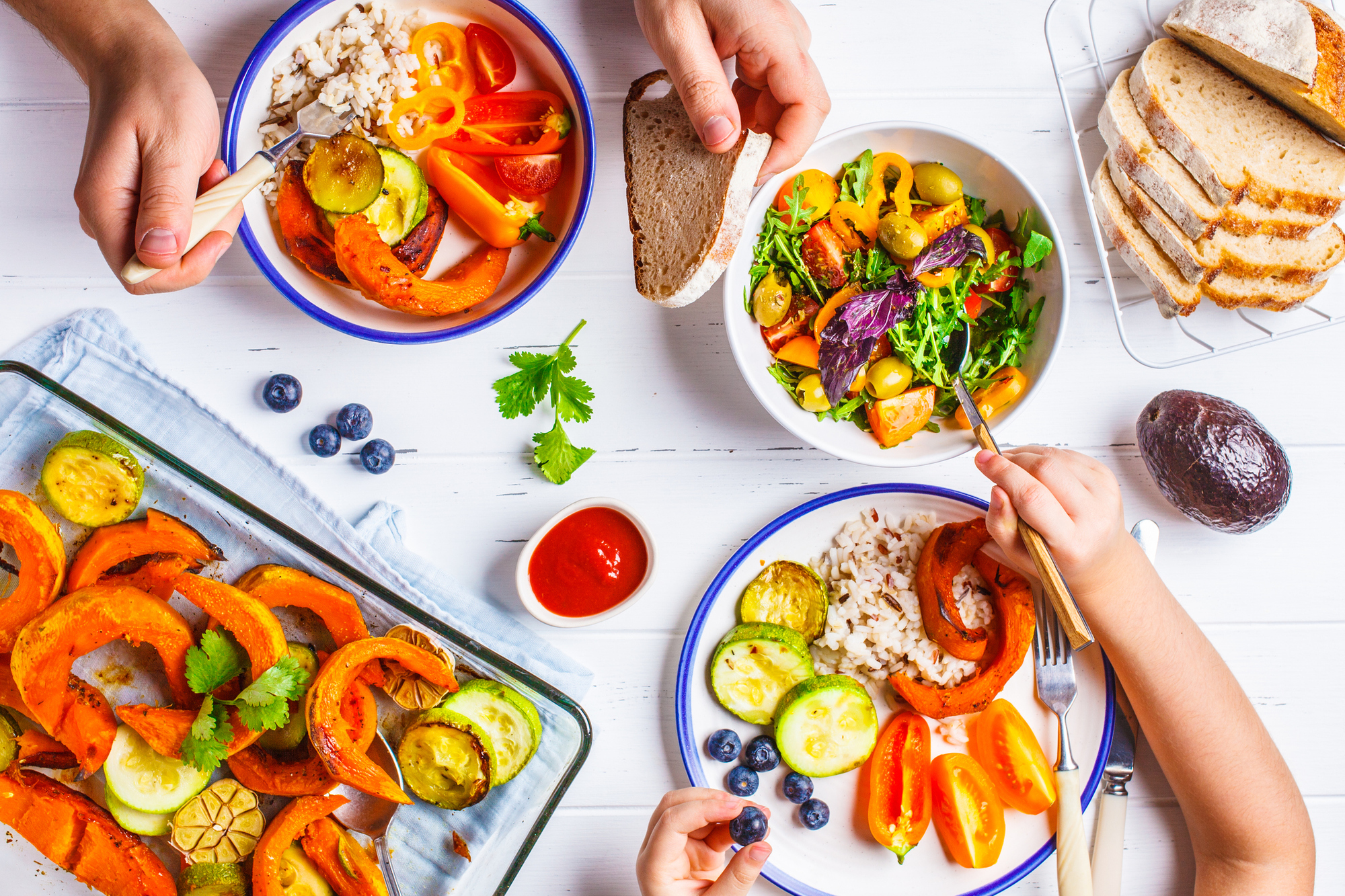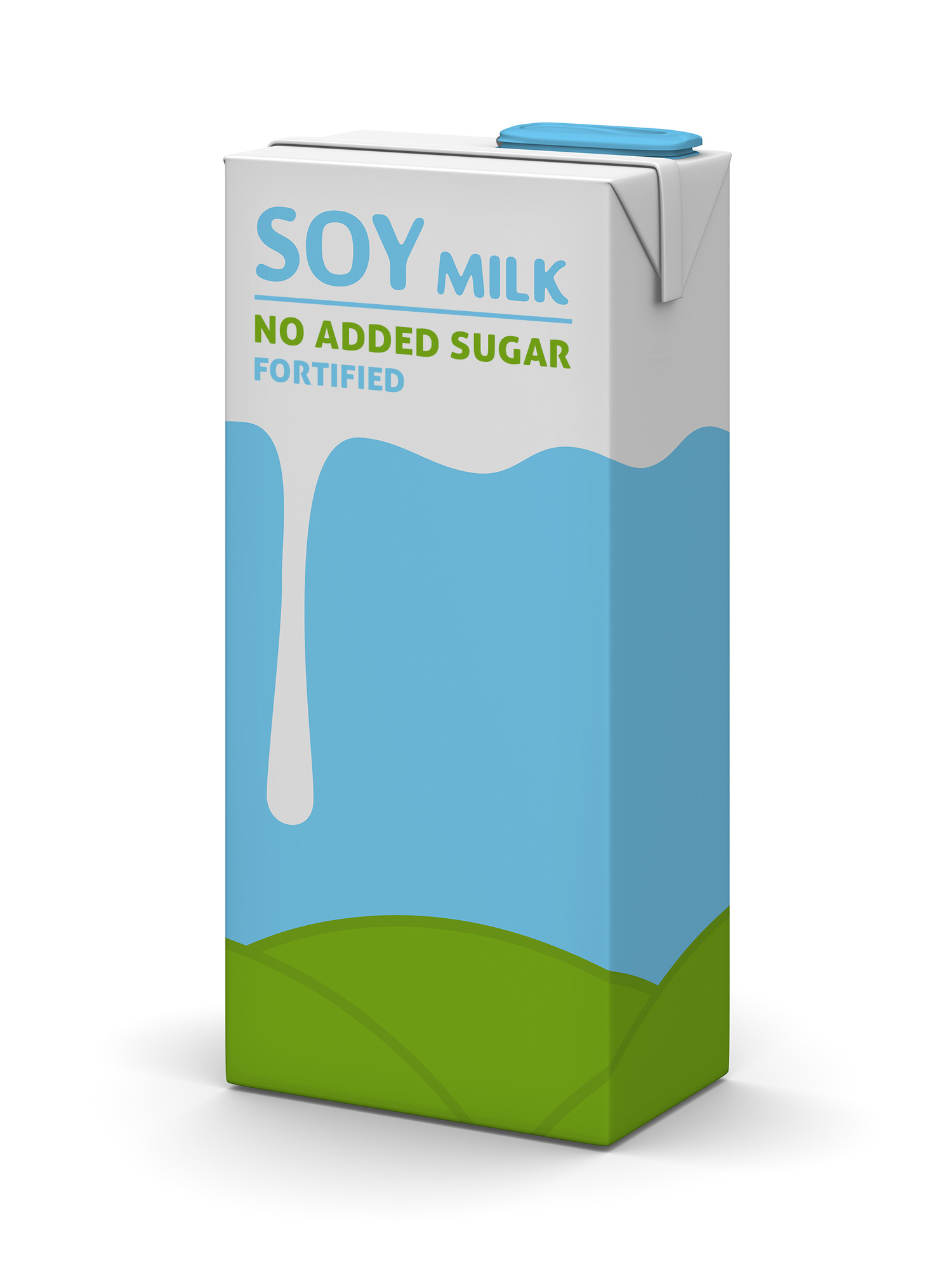Growing like a weed: Healthy ways to feed children a plant-based diet / Play Every Day blog update
Alaska Department of Health sent this bulletin at 05/07/2021 07:59 AM AKDTGrowing like a weed: Healthy ways to feed children a plant-based diet
MAY 7, 2021 — Your 11-year-old son announces that he’s not eating meat from animals anymore. Is that OK for a growing child?
You have been following a vegetarian diet for several years and now wonder if that will be safe for your 1-year-old.
“A vegetarian diet can absolutely be safe for kids if it is not overly restrictive and healthy alternatives are provided,” said Lea Palmer, registered dietitian and Food Service Lead for Rural Alaska Community Action Program, Inc. (RurAL CAP) Head Start Program. Many health professionals, including the American Academy of Pediatrics, agree.
At any age, eating less meat and high-fat dairy foods can lead to consuming less unhealthy saturated fat and cholesterol and more healthy fruits, vegetables and fiber. That helps maintain a healthy weight and reduces chances for developing chronic diseases, such as heart disease, diabetes, high blood pressure and some cancers. Eating more plant foods has also been shown to boost mood and mental well-being.

What does plant-based mean?
“Plant-based” and “plant-forward” are popular terms right now that mean a diet that contains mostly plant foods. Plant foods include fruits, vegetables, grains, dried beans and lentils (also known as legumes), nuts and seeds. Plant-based and vegetarian diets have become so common in recent years that it’s now easy to find vegetarian meals at restaurants and meat alternatives, like veggie “burgers,” in grocery stores.
There are different types of plant-based diets. A flexible diet may be mostly plant foods but includes small amounts of meat, chicken or fish. Some vegetarians don’t eat meat, but do eat eggs and dairy products, like milk, yogurt and cheese. A strict vegan eats plant foods only.
There is no one way or right way to follow a plant-based diet. These diets don’t have to be “all or nothing.” Eating no animal foods doesn’t automatically mean “healthy.”
“Just like any way of eating, there are definitely ways to make a vegetarian diet unhealthy,” said Palmer. “By paying special attention to providing substitutions instead of just eliminating meat, and choosing a variety of whole, healthy foods, a plant-based diet can be a part of a very healthy lifestyle for a child.”
Foods to focus on for plant-based kids
Kids eating a plant-based diet need to eat more foods that are high in vitamins B12 and D, iron, zinc and calcium. Most of these nutrients are found in dairy products and eggs. Fortified products — such as cereals, breads, soy milk and orange juice — can provide these nutrients for kids who don’t eat any animal products.
Plant foods also contain these nutrients. Dried beans and lentils are a good source of iron, zinc and calcium. Dark green leafy vegetables — such as kale, spinach and broccoli — are a good source of calcium and iron. Iron can be found in dried fruits (especially dried apricots), edamame (soybeans) and tofu. Zinc can be found in wheat germ, oatmeal, nuts and pumpkin seeds. Some mushrooms have vitamin D.
Will my child get enough protein?

“Healthy protein foods are very important for growth, and can be found in plant-based foods, such whole grains, dried beans, edamame and nuts,” Palmer said. Most vegetarians can meet their protein needs by eating a variety of plant proteins and getting enough calories.
Plant milks can be a good source of protein, but not all plant milks are nutritionally equal. The Dietary Guidelines for Americans recommend fortified soy milk as the only substitute for cow’s milk. Other plant milks — such as those made from oats, rice or almonds — don’t have the same protein and nutrients as cow’s milk. Fortified soy milk can be started at age 1. “Toddler milks” or toddler formula often contain added sugar and fats. These are not recommended for children.
Many kinds of meat alternatives are available, so plant-based kids can have their veggie burgers and hot dogs, too. Many schools are including these items, and other vegetarian options, on their menus.
Soy foods — such as tofu, edamame, and textured vegetable protein (TVP) — contain a plant-based hormone like estrogen. While soy foods are part of a healthy diet, studies of soy consumption among children is limited and more research is recommended. Plant-based families should aim for variety, mixing soy foods with other protein sources. The Dietary Guidelines recommend eating an assortment of soy foods and limiting them to 4–9 ounces per week to ensure kids are meeting their nutrient needs.
Talk with your pediatrician, health care provider or a registered dietitian if you have any questions or concerns about your children's diet or growth, soy foods, or if you think they need to take a supplement.
Ideas for plant-based meals
Plant-based meals don’t have to be fancy or complicated. When there’s meat on the table, include a heat-and-eat meat alternative, like a veggie burger, for your vegetarian. Support your plant-based kids by having some meatless meals for the whole family. Try new plant-based foods together. Eating more plants is healthy for everyone.
“Many family favorite recipes can be modified to become vegetarian by substituting the meat for ground tofu, beans, or nut or seed butter,” said Palmer.
Breakfast
- Hot or cold whole-grain cereal with fortified soy milk, nuts and dried fruit
- Whole-wheat toast with peanut butter and banana slices. Try other nut butters, like almond or sunflower.
- Smoothies made with soy milk or soft tofu, and frozen fruit
Lunch
- Minestrone soup with baked sweet potato fries
- Pita bread stuffed with hummus and raw veggies
- Fresh, frozen or canned fruit
Dinner
- A salad with a baked potato topped with no-meat chili
- Pasta with tomato sauce and chopped mushrooms, along with steamed broccoli
- Whole-wheat tortilla stuffed with black beans, brown rice and salsa. Add regular cheese or vegan cheese if desired. For a more nutritional punch, include grilled veggies like zucchini, onions, peppers and cauliflower.
- Fresh, frozen or canned fruit
Snacks
- Dried fruit and nuts
- Fortified soy yogurt with fresh berries
- Whole-grain crackers and fortified soy milk
There are lots of kid-friendly plant-based and vegetarian recipes and cookbooks available online. Start with the USDA Eating Vegetarian website for more resources and recipes. Go to the Fruits and Veggies website for recipes, nutrition, storage and handling information on a variety of fruits and vegetables.
The Dietary Guidelines (pages 147 and 148) show healthy vegetarian recommendations for different calorie levels and include recommendations for toddlers ages 12 months through 23 months. These guidelines are designed to meet nutrient needs while not going over the recommended amounts for calories, added sugars, saturated fat and sodium.
Sign up to receive announcements for updates to Play Every Day's blog and website.
Play Every Day is a campaign with the Alaska Department of Health and Social Services to help Alaska children grow up at a healthy weight and encourage families to be physically active and choose healthy drinks. For more information, visit www.playeveryday.alaska.gov.

